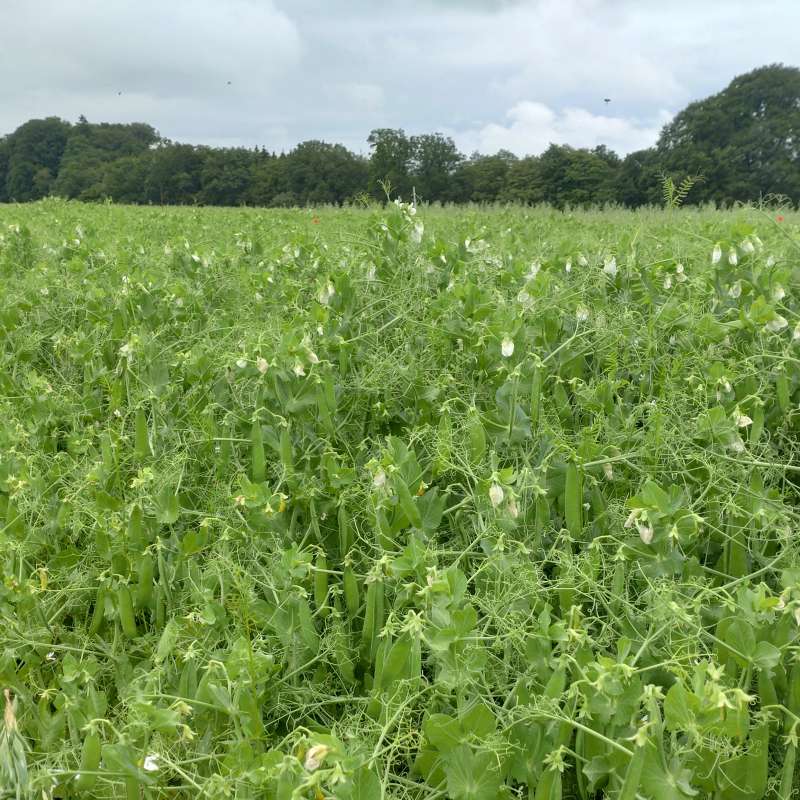Lars Olav Brandsæter
Senior Research Scientist
(+47) 901 09 435
lars.olav.brandsaeter@nibio.no
Place
Ås H7
Visiting address
Høgskoleveien 7, 1433 Ås
Authors
Kristian Nikolai Jæger Hansen Benedikte Watne Oliver Zahra Bitarafan Inger Sundheim Fløistad Christian Andreasen Lars Olav BrandsæterAbstract
Background: Giant hogweed (Heracleum mantegazzianum Sommier and Levier) is a perennial herbaceous plant that can grow to a height of 2-5 m. A single flowering plant can produce more than 20,000 seeds. It is one of Europe’s most widespread and problematic invasive alien species and a severe threat to native biodiversity. Glyphosate is widely used to control H. mantegazzianum. Decades of intensive herbicide spraying have led to environmental pollution, prompting a need to explore new methods to supplement or replace glyphosate. Objective: Non-chemical methods to control H. mantegazzianum were tested and compared with glyphosate application. Methods: In two infested locations in southeast Norway, we compared the efficacy of glyphosate applications with a combination of mechanical cutting of the flowering stem of H. mantegazzianum and hot water treatment (80 °C). Hot water or glyphosate was supplied by foliar application or injection into the root crown. Results: The best method to reduce cover and the number of H. mantegazzianum rosettes and seedlings was achieved with two foliar applications of glyphosate. Cutting the flowering stem and injecting hot water into the root crown was almost as efficient as glyphosate application. Cutting and foliar applications of hot water had the weakest efficacy. Despite the best control and significant growth of grasses after glyphosate treatment, relatively high percentage of bare soil remained in the plots afterwards, increasing the risk of erosion. Conclusions: Cutting and injection of hot water in the root crown may be a viable alternative to glyphosate application in areas where herbicides are undesirable.
Abstract
No abstract has been registered
Abstract
No abstract has been registered

Division of Biotechnology and Plant Health
LeFaSus - Uncovering Legume Soil Fatigue for Sustainable Expansion of European Grain Legume Cultivation
LeFaSus seeks to identify the most important causes and indicators of legume fatigue in several European countries.

Division of Biotechnology and Plant Health
SUSDOCK: Sustainable control of docks (Rumex spp.) – Synergies of detection, mapping and innovative weed control
Broad-leaved dock (Rumex obtusifolius) and curled dock (Rumex crispus) are some of the most problematic weed species in grasslands worldwide; joined, in Norway and the rest of Northern Europe, by the far less studied northern dock (Rumex longifolius).
